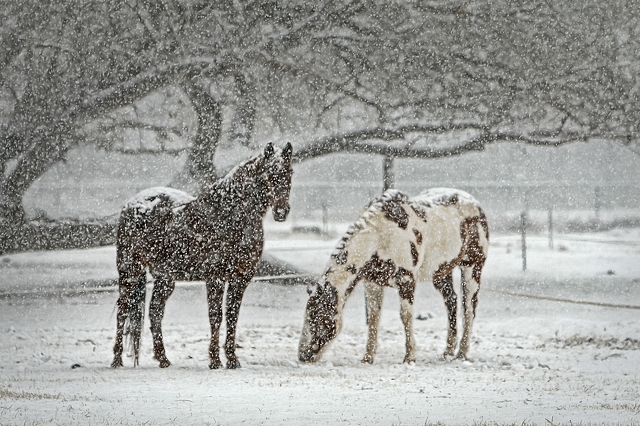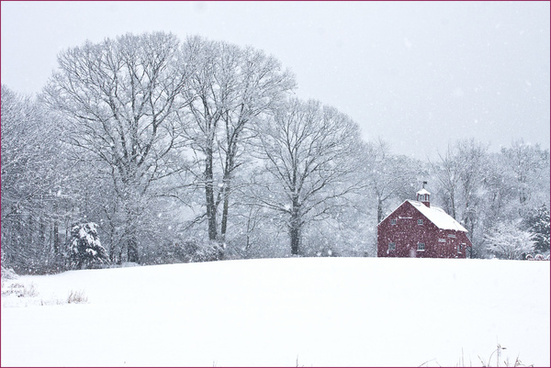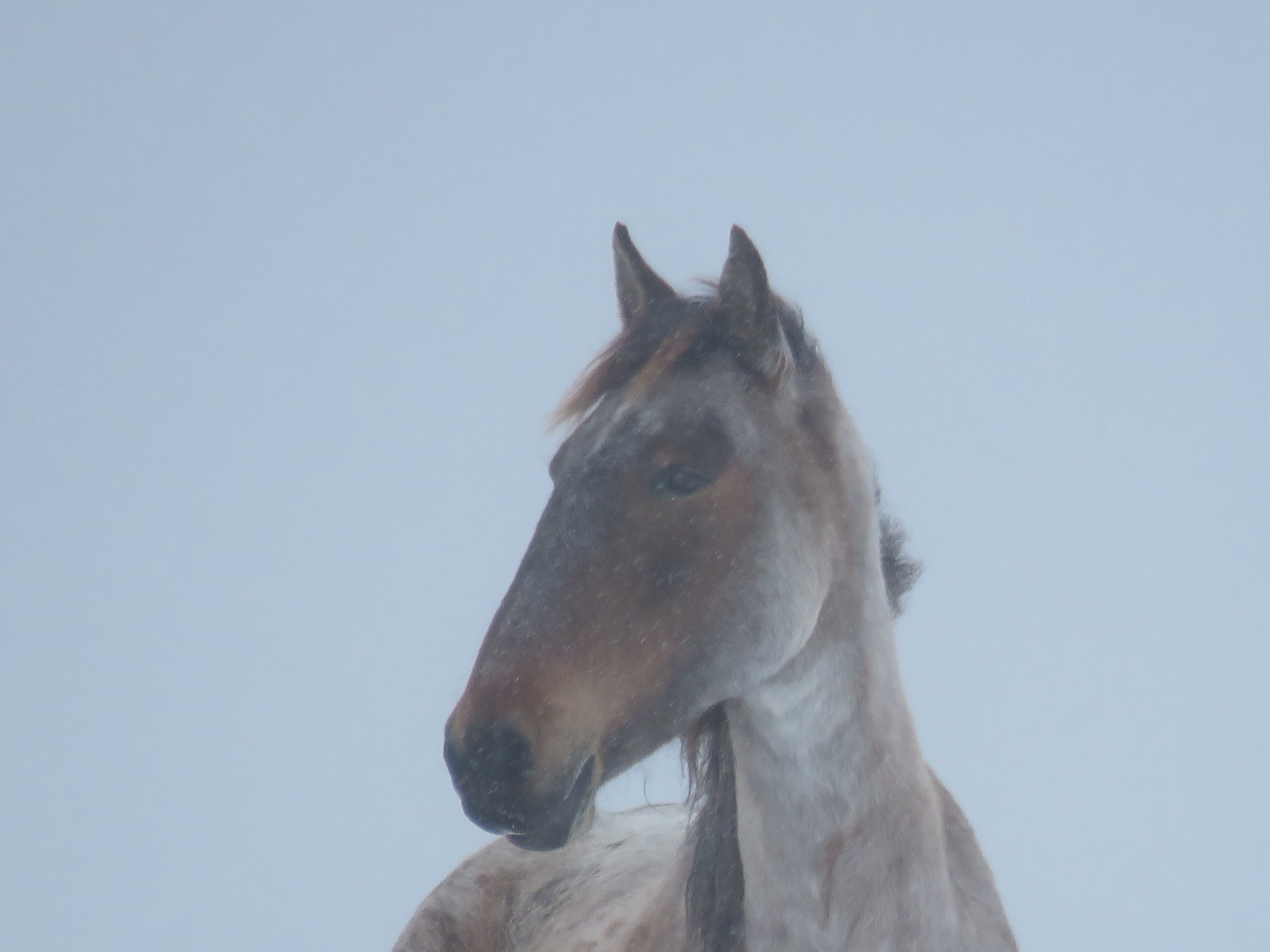by Amy Ortez, DVM
|
|
WINTER HORSEKEEPING OUTSIDE
by Amy Ortez, DVM
|
Upstate New York has received our first winter storm. Two days before the storm it was 70 degrees. Then it rained followed by snow and blowing wind. I am not sure how much snow fell but it always seems to pile up in front of whatever door or path I am using. The changing weather was not a surprise. My two thoroughbreds have not had blankets on yet this season so they are pretty wooly but I wanted to put a blanket on them before the storm. This is always a challenge with such wide temperature fluctuations in a short period and a job that feels more like ALL the time as opposed to full time.
The night it was raining, my horses where very fired up. I think a skunk in the pasture was stressing them out. Despite shivering, they had chosen to stand outside in the rain instead of waiting for their dinner in the barn. They walked in for dinner but bolted back outside before I could lock them in to allow them to dry off before putting on blankets. |
I attempted to catch them but my attempt was in vain as they went galloping back and forth. If I left them alone, they would pace along the far fence line but at least they were not running. I so desperately wanted to have them warm and tucked in the barn, but it was not to be. Cold, wet and feeling defeated, I walked away.
The next morning the horses came in to eat as if anxiety was an emotion they had never experienced. The rain had stopped but they were still wet, although no longer shivering. That night, the winter storm rolled in and they finally allowed me to lock them in and protect them from the old man winter. I felt content, knowing they would have a chance to dry and I could put their blankets on.
The next morning the horses came in to eat as if anxiety was an emotion they had never experienced. The rain had stopped but they were still wet, although no longer shivering. That night, the winter storm rolled in and they finally allowed me to lock them in and protect them from the old man winter. I felt content, knowing they would have a chance to dry and I could put their blankets on.
|
The next day they patiently waited as I shoveled out the doors, allowing them to go outside. They ran and bucked and played in the snow with such delight. Despite continuing snow and wind, they chose to stay outside and did not return to the barn until they heard me preparing supper.
I tell this story because it is in stark contrast to their summer behavior. During that time they spent most of their time inside stomping flies while having the fan blowing on them. They chose to stay inside. While it is true, the thoroughbreds are not considered the smartest of the equine breeds, they were smart enough to escape the sun and the bugs in the summer and chose to come inside. In the winter, they choose to be outside. Even if they are cold, that does not deter them from wanting the space to roam and explore and observe. |
In the winter, many caretakers are tempted to close up the barn good and tight and never let a horse out in inclement weather. I think this is detrimental to horses' physical, physiological and social health. The air in tightly closed up barns contain dust and ammonia which are detrimental to horses lungs. Horses NEED to move. Their lungs need fresh air, their gastrointestinal tract needs motion to function properly and their joints need to stay lubricated. They were designed to move. If my delicate flower thoroughbreds beg to be outside in the winter and choose cold over confinement, the rugged mustang plea is even louder.
|
For more horse keeping tips for winter weather:
To Blanket, or Not to Blanket? - Feburary 2016 Issue Winter Hoof Care - February 2016 Issue Autumn Equine Care - Colic - November 2016 Issue ←Wild mustang in Wyoming snow storm. Photos of Wyoming mustangs by Mary A. Lainhart available in the Wild Heart Mustangs™ SHOP
|
DISCLAIMER
The information contained on this website is not meant to diagnose, treat, cure, or prevent any disease. Information found on this website
is meant for educational and informational purposes only.
When in doubt, consult your veterinarian.
The information contained on this website is not meant to diagnose, treat, cure, or prevent any disease. Information found on this website
is meant for educational and informational purposes only.
When in doubt, consult your veterinarian.









